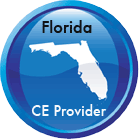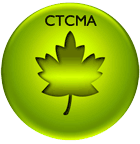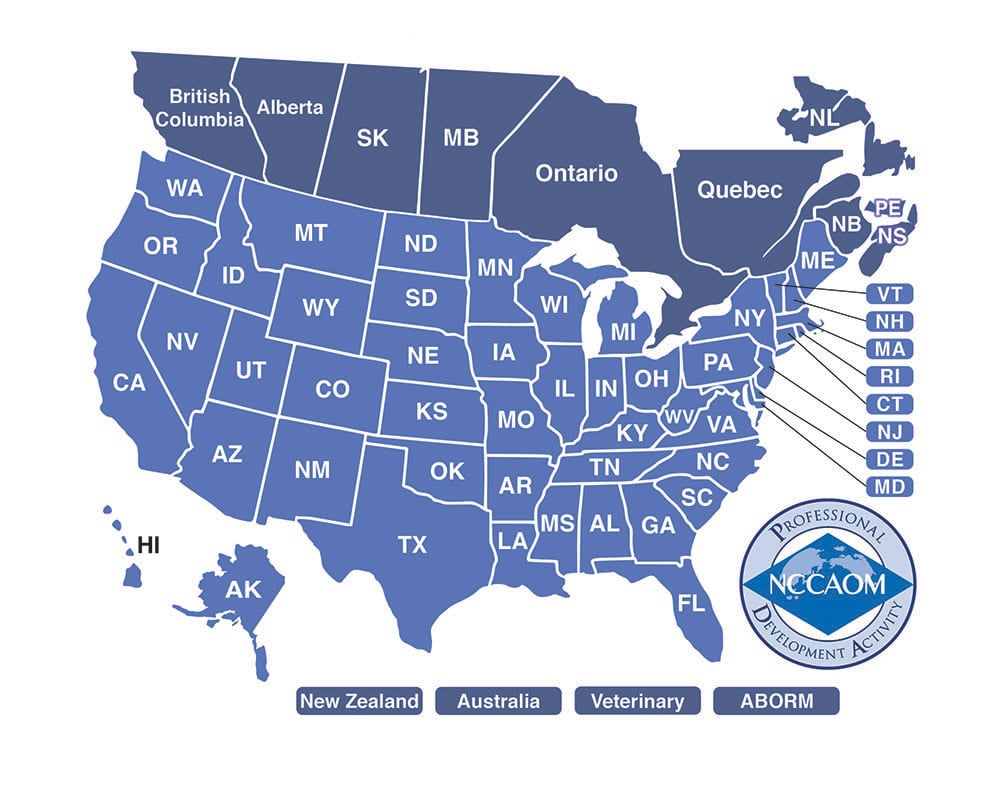High Cholesterol and Dietetics, Pt. 1
Course Sample
Sample 2:
HDL cholesterol
It is generally accepted that elevated serum levels of HDL and larger HDL particle size lower the risk of CHD, and according to NCEP guidelines, an HDL level greater than or equal to 60 mg/dL is a negative risk factor for CHD. It is also generally accepted that low levels of HDL (<40 mg/dL) may require treatment, particularly in cases with established CHD. New research, however, shows that very high levels of HDL (=70 mg/dL), and very large HDL particle size, are both associated with increase CHD risk. This gives rise to the hypothesis that very large HDL, which is cholesterol enriched, may at some point become a cholesterol donor instead of an acceptor. Furthermore, although it has widely been acknowledged that the anti-inflammatory capacity of HDL contributes to its antiatherogenic potency, several studies have demonstrated that HDL can also turn into a proinflammatory particle. Therefore, it is not simply a matter of higher HDL levels being better. Rather, both HDL particle size and serum levels must be considered.
Positive cardiac risk factors (atherogenic):
1. HDL < 35 mg/dL or =70 mg/dL
2. Total Cholesterol (TC) to HDL ratio
Men > 5.0
Women > 4.5
Negative cardiac risk factors according to NCEP (protective):
1. HDL > 60 mg/dL
The following may lead to increased serum HDL levels:
1. Medications
--Gemfibrozil
--Niacin
--Exogenous estrogens
2. Moderate alcohol intake (1 ounce per day)
3. Regular aerobic exercise
4. Weight loss (for obese patients)
--HDL increases 2 mg/dl for each 4.5 kg of weight loss
The following may lead to decreased serum HDL levels:
1. Tobacco abuse
2. Diabetes Mellitus
3. Hypertriglyceridemia
4. Menopause
5. Obesity
6. Puberty in males
7. Uremia
8. Anabolic Steroids
9. Apolipoprotein deficiency
10. Liver disease
11. Tangier diseas
12. Medications
--1. Progestins
--2. Probucol
Triglycerides
Elevated triglycerides are also associated with an increased risk of CHD. Although LDL levels are the primary focus of therapy, ATP III also recommends aggressive treatment of elevated triglyceride levels through weight management and increased physical activity. Patients whose triglyceride levels remain at 200 mg/dL or higher after they have reached their LDL goal are recommended to achieve a secondary goal based on their "non-HDL" level (total cholesterol level minus HDL level). The non-HDL goal should be 30 mg/dL higher than the LDL goal. The basis for attempting to reach this secondary goal is that all non-HDL particles are potentially atherogenic. This can be achieved through activities of daily living or the use of niacin and fibrates.
ATP III classifies triglyceride concentrations as follows:
• Normal: less than 150 mg/dL
• Borderline high: 150 to 199 mg/dL
• High: 200 to 499 mg/dL
• Very high: greater than 500 mg/dL
The following may lead to increased serum triglyceride levels:
1. Hyperlipoproteinemia (types I, IIb, III, IV, and V)
2. Pregnancy
3. Obesity
4. Alcohol abuse
5. Acute myocardial infarction
6. Pancreatitis
7. Nephrotic syndrome
8. Chronic renal insufficiency
9. Glycogen storage disease
10. Acute intermittent porphyria
11. Endocrine disease
--1. Diabetes mellitus
--2. Hypothyroidism
--3. Cushing's syndrome
--4. Hypopituitarism
12. Medications
--1. Exogenous estrogens
--2. Diuretics
--3. Glucocorticoids
--4. Ticlopidine
The following may lead to decreased serum triglyceride levels:
1. Malnutrition
2. Abetalipoproteinemia
3. Medications
--1. Gemfibrozil
--2. Nicotinic Acid
--3. Clofibrate
VLDL Cholesterol
Serum VLDL levels should ideally be below 30 mg/dL. The following may lead to increased serum VLDL levels:
1. Idiopathic increased hepatic secretion of VLDL
2. Diabetes mellitus
3. Obesity
LEARN MORE IN THE COURSE....







